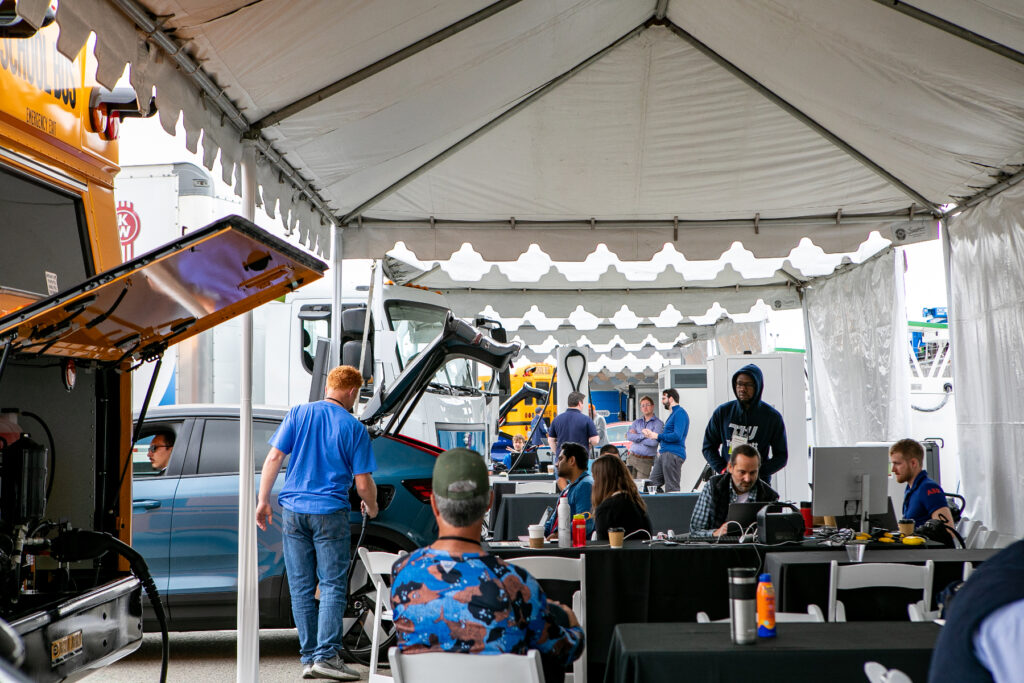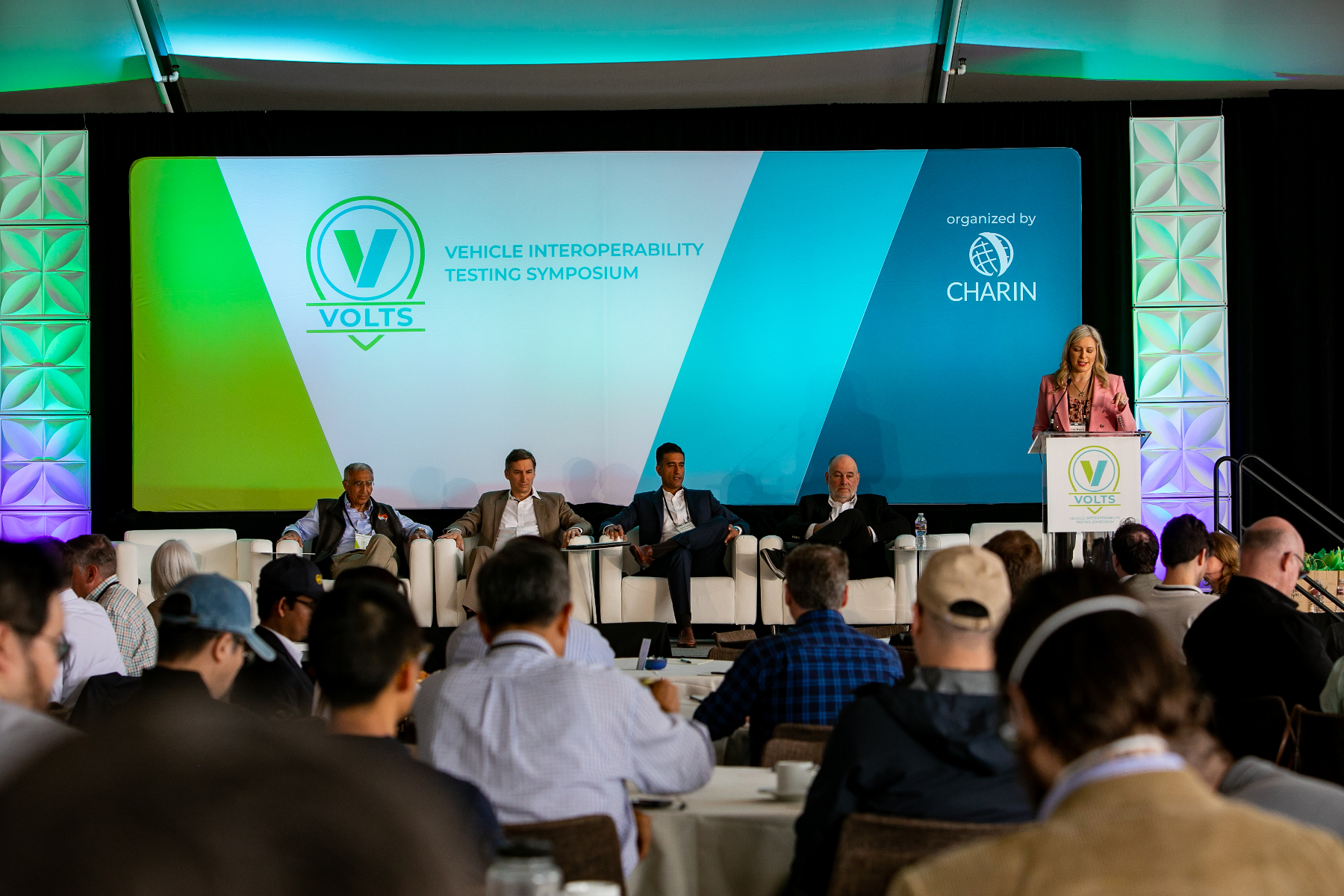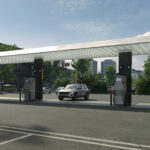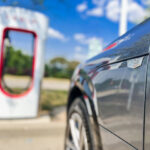The CharIN Is Working to Improve the CCS Charging Experience
Requirements and standards are funny things. During my 32-year career in aerospace, I worked on more than my share of them. Requirements and standards are universally created by highly-informed and well-intentioned people trying to make some “thing” work. But those requirements and standards are also put in place (sometimes) years before the “thing” is manufactured and/or implemented. Furthermore, requirements and standards are developed in a sterile environment unencumbered by specifics such as interfaces and what hardware/software may become obsolete or newly available.
As a first-hand example from my own past, I recall a conversation with a then-NASA customer when I firmly asserted, “Do you want me to meet the requirement, or do you want (your thing) to work on-orbit?”
So it came as no surprise to me when I heard an EV industry leader (who I will not name) declare from the stage to charging industry leaders from around the world, “Do you want a charger to adhere to the charging standard? Or do you want it to work?” Reinforcing that he meant what he said, he then offered this anecdote: “If we adhered strictly to the charging requirements, perhaps 5% of the cars on the road would be able to charge at any given CCS DCFC.”
OMG! How Does Any of This Stuff Ever Work?!
In a word, EV charging standards are heavily dependant on one thing: testing.

Close collaboration between EV manufacturers and EV charging network providers is what the EV charging experience needs most right now. The Testival sponsored by VOLTS and CharIN served to foster ties and create trust between industries on both sides of the EV charger interface. Photo copyrighted by VOLTS and used with permission.
CharIN (the Charging Industry Initiative) is the international CCS standards keeper, and they host an annual “Testival” (Test Festival). This is where EV and DC Fast Charger manufacturers and network operators take control of a large parking lot and engage in what could be described as speed dating for EVs and DCFCs. This year, the EV manufacturers in attendance ranged from Mercedes Benz, to Rivian, to Canoo, and even to Bluebird (of school bus fame). All the big DCFC networks were also in attendance, with every new and old DCFC represented. Each test bay had engineers from both sides of the CCS interface swarming over their test racks and laptops to look at the data and try to recreate every imaginable charging scenario. And then, at the top of the hour, all cars would move on to the next station.
It is an unspoken truth among engineers and technicians from any industry that not all requirements or standards are created equal. Regarding public charging, the one requirement paramount to all others is: “The charger must charge the customer’s car when they plug in.” Others that are equally important include don’t brick the car, don’t electrocute the customer, and so on. Other requirements, like what type of encryption is used or what temperature the plug is before triggering a fault, all factor in lower on the priority list. Every car and CCS DCFC has unique constraints through build-of-materials (BOM), legacy software, shifting parts availability, new standards vis-a-vis backward compatibility, and so forth. These (sometimes) conflicting constraints can paint one in a corner, as it were, while striving to achieve the overall goal of “it’s got to work for the customer.” Ergo, testing is the gold standard to ensure it all works when you plug in.
CharIN’s Testival is the industry’s opportunity to cross-pollinate between all in attendance, share information and lessons learned, and, more importantly, develop a culture of openness and trust to better serve the EV-driving public. During the event, I commented to another attendee that it was too bad the Testival wasn’t held quarterly. However, after witnessing the sheer scale of the test setup and the obvious logistical challenges to bring it all together, I can see why it isn’t.
And Now, a Few Words About Tesla
I can hear you Tesla owners sniggering back there in the bleachers.
Absent from the testing was Tesla, even though Tesla is a core member of CharIN. Tesla had people at the event but did not participate in the testing. And why should it? It has developed its own ecosystem and has complete control over the standards and requirements of the car-charger interface. Tesla’s Supercharger network is the gold standard when it comes to it just simply works.
When CCS users have problems charging their cars, a common critique from Tesla fans is “Just buy a Tesla,” or “Why don’t other manufacturers just use the NACS plug? Tesla has opened up its patents!”
During the day of presentations, the goal of replicating Tesla’s Supercharger network success was widely discussed. The term “one and done” has been coined to describe the simplicity of plugging in and walking away without a backward glance. Tesla has set the bar pretty high, and the CharIN participants not only acknowledge the bar, but are committed to meeting it.
To respond to Tesla fans about why doesn’t everyone just buy a Tesla is a bit silly. Consumer choice is one of the hallmarks of modern life. To put that comment in perspective, we don’t need both Nike and Adidas sneakers. Nor do we need Coke and Pepsi. That list would be endless.
But that doesn’t answer the critique of why don’t all manufacturers use the NACS plug. Even though I knew the answer, I still posed that question to an industry panel on the first day, when everyone was gathered for presentations and panel discussions.
In an otherwise noisy and rambunctious meeting room, the question I asked was, “With the known issues of CCS, will manufacturers ever migrate to the NACS plug?” This simple question ushered in pin-drop-like silence. After a pregnant pause, one of the panelists simply said “no” and then mimed a mic drop.
I already knew this would be the answer, but I needed to hear it in the context of a conference on charging with industry leaders from around the world watching. Yet, I wanted a better answer than a simple “no.” And because I have known that panelist (who I will not name) for around ten years, I decided to ask him in a more private setting. In his view, the biggest roadblock is that in order to use the NACS plug, manufacturers would need to source the parts from Tesla. BMW (just to use an example) is not going to single-source critical components of its supply chain from a competitor. Full stop.
There are other real technical reasons that my source was less willing to discuss openly. My experience is that if there is a compelling reason, technical hurdles can be overcome. But the politics of using a competitor as the single source of key components will probably prevent any brain cells from being sacrificed in the name of resolving those technical challenges.
Pulling It All Together
Once upon a time, CCS DCFC came in one speed, and that was 50 kW. I recall buying my first CCS EV (a BMW i3) and perusing Plugshare for new locations along routes I wanted to drive but couldn’t because of huge gaps in coverage. When I upgraded to a Jaguar, CCS chargers that could satiate the I-Pace’s staggering 80 kW capability (or so it seemed at the time) were few and far between. When the first modern high-powered Electrify America stations came online, I spent an hour on the phone with their help desk trying to initiate a charging session.
Gratefully, those early growing pains are behind us, but the industry still has a ways to go until we achieve the “one and done” scenario where you simply plug in and walk away without glancing backward.
After rubbing elbows with EV manufacturers and CCS operators at the Testival, I can confidently say that the industry understands the needs of the EV-driving public and that they are striving to get there as fast as humanly possible.








0 Comments